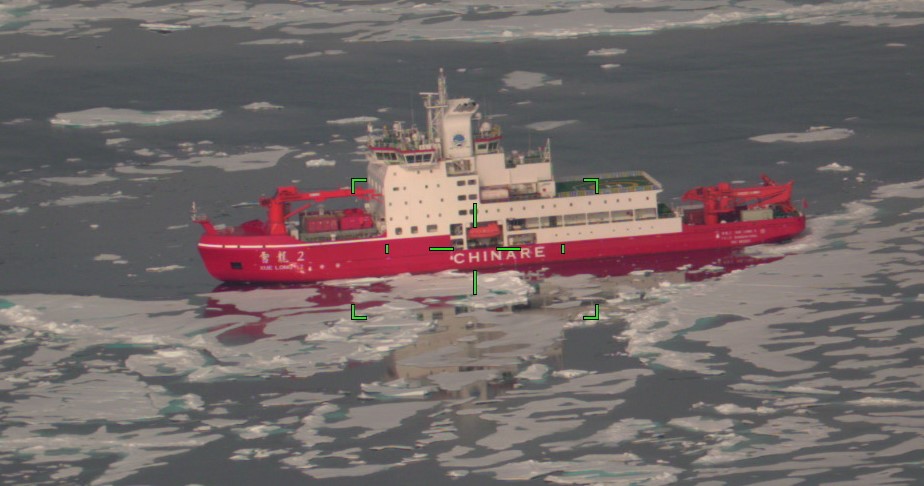
The US Coast Guard detected and intercepted the Chinese icebreaker and research vessel Xue Long 2 as it approached the United States’ extended continental shelf (ECS) north of Alaska. This action was confirmed in a statement released by the Coast Guard on July 26, 2023, which highlighted the vessel’s incursion approximately 130 nautical miles within the ECS boundary.
A Coast Guard C-130J Hercules aircraft from Air Station Kodiak responded to the situation after the vessel’s presence was detected. The ECS extends 200 nautical miles from a nation’s coastline, granting that country exclusive rights to manage its living and non-living resources. This recent encounter underscores the increasing tensions over territorial waters in the Arctic region.
The Coast Guard’s response to the Xue Long 2 is notable, as it is less common for the service to publicly address Chinese vessels compared to the frequent announcements regarding Russian aircraft near U.S. airspace. In recent years, China has asserted its status as a “near-arctic state,” a claim that has been met with skepticism and rejection by the United States and its allies. This assertion is part of China’s broader strategy to expand its influence in Arctic waters, which has included an enhancement of its icebreaker fleet.
Concerns Over Arctic Presence
According to Rear Adm. Bob Little, the commander of the US Coast Guard Arctic District, the agency “vigilantly monitors and responds to foreign government vessel activity in and near U.S. waters to secure territorial integrity and defend sovereign interests against malign state activity.” The involvement of the Xue Long 2 raises concerns due to China’s dual-use capabilities of its vessels, which serve both military and commercial purposes.
In a LinkedIn post, Cmdr. Samuel Blase, executive officer of the American icebreaker Polar Star (WAGB-10), described the presence of the Xue Long 2 as “unannounced/seemingly unapproved” and “concerning and outside international norms.” This sentiment reflects broader anxiety among U.S. military and government officials regarding China’s increasing maritime activities in the Arctic.
The Canadian military has also been active in monitoring the Xue Long 2 as it navigates Arctic waters from East Asia, indicating that this issue is not isolated to U.S. interests alone.
China’s Response and Implications
The Chinese state media outlet, Global Times, published an article on July 27, asserting that the U.S. had unexpectedly expanded its ECS by an additional 1 million square kilometers. The article criticized the U.S. for what it termed a “villain strikes first” approach, suggesting that such rhetoric serves to justify the U.S.’s actions in the Arctic.
As the geopolitical landscape in the Arctic becomes more complex, the interaction between Chinese and U.S. forces is likely to be a focal point of international relations. The U.S. Coast Guard’s vigilance in this area highlights the growing importance of Arctic territories, both for natural resource management and national security.
With ongoing disputes over Arctic boundaries and resource rights, future encounters between foreign vessels and the U.S. Coast Guard may shape the dynamics of international maritime law and territorial claims in the region.






